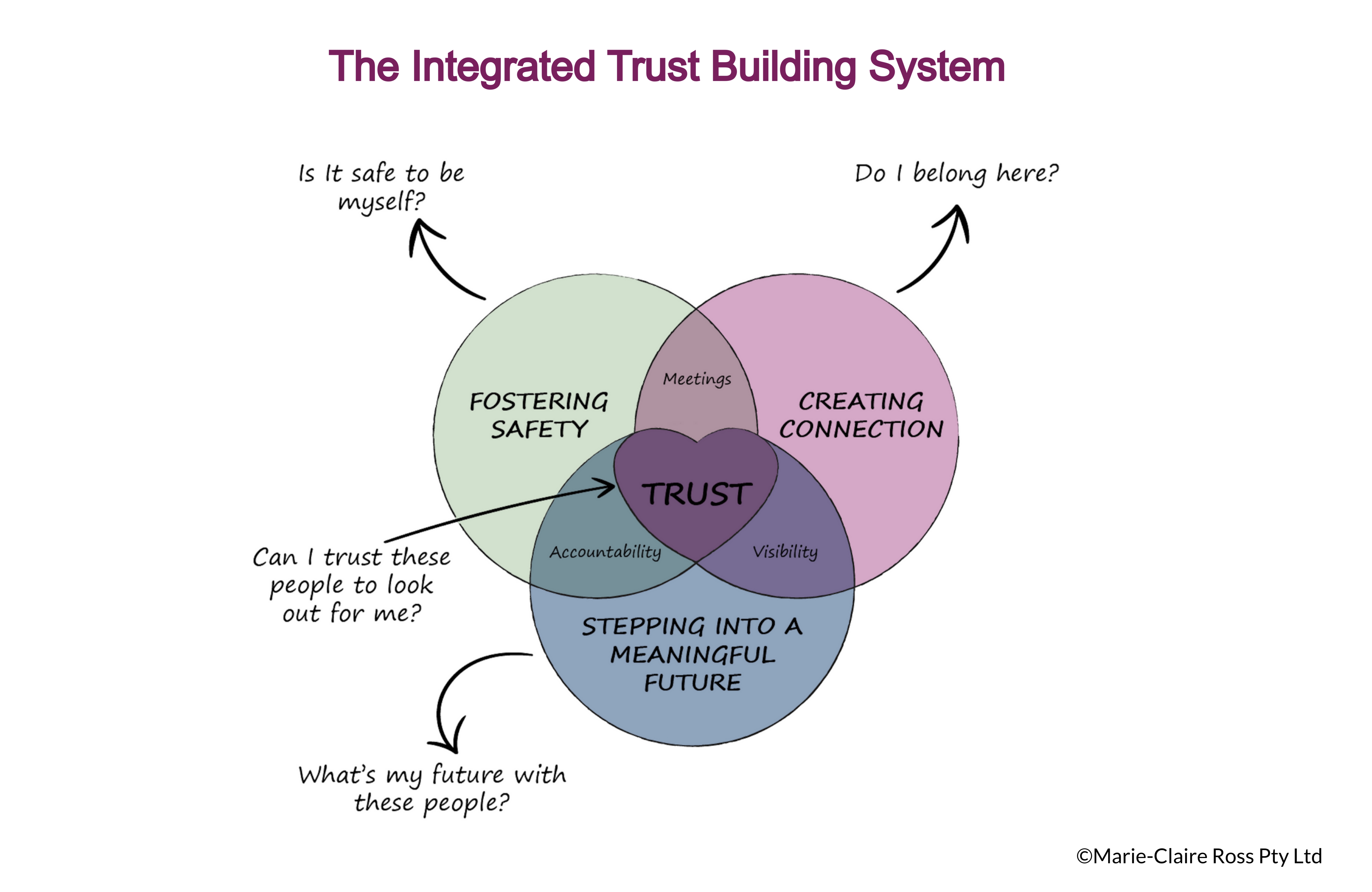
One on ones serve as a powerful tool for fostering stronger, more trusting relationships with each of your team members.
In last week's article, I talked about why you need to love one-on-ones. They really are such a powerful trust and connection building tool with your direct reports.
This week I want to dissect what a great one-on-one looks like.
In my opinion, one-on-one's are really about your direct reports and what they need. It's not so much about project updates. Instead, it's their time to get unstuck, ask questions and feel connected to you.
Is this important?
It's critical.
Research by Gallup found that the relationship between an employee and their manager determined how long an employee will stay in a company and their level of productivity. Managers are catalysts. They help speed up employee's skills to meet current business needs.
But not only that, with many employees working remotely, one-on-one's are crucial to helping people feel as though they are still in the loop.
Make sure you attend one-on-ones with the intent to be of service to each of your direct reports. This way you reduce the interpersonal fear that gets so many people fretting that their boss doesn't like them.
According to neuroscience, we need three things to feel safe in our environment - safety, connection and future. The Integrated Trust Building System, from the book, Trusted to Thrive: How leaders create connected and accountable teams (get your free chapter here) provides leaders with a helpful framework to run a one-on-one.
Our brain is regularly scanning the external environment to make sure we are safe asking questions subconsciously such as: Is it safe to be myself? Do I belong here? What’s my future with these people? Can I trust these people to look out for me? Safety, connection and future are important for our brain to trust.

When these questions are answered affirmatively, it provides employees with the comfort they need to contribute and create rather than withdraw and self-protect.
If people don’t subconsciously receive these assurances from their team leader (or each other), they hold back opinions, information and working with others. Behaviours their limbic brain feels will keep them safe. They stay invisible, procrastinate and feel unworthy.
A great one-on-one ensures people feel safe, connected and that they have a meaningful future in the company. They feel that they are part of something bigger than themselves. Let's go through how to do this.
1. Pre-Work
As Abraham Lincoln once said “If I only had an hour to chop down a tree, I would spend the first 45 minutes sharpening my axe.”
Before you jump into doing one-on-ones, you want to do a little bit of preparation beforehand to set you and your direct report up for success Creating a one-on-one routine will save you both valuable time and ensure your discussions are focused on the right things.
This involves consulting with your direct report on the nuts and bolts of your regular get togethers. This is important as you want to co-create your one-on-ones with each individual on your team to get their maximum buy-in.
Start with:
Running the One-on-One
Once the personal preamble is done, empower your employee to lead.
Below are some questions that work towards forming a closer bond with your direct report. I recommend choosing 2-3 questions under each sub-heading which you can use in the Manager feedback section of the agenda. And here are tips for asking questions.
1. Foster Safety
Creating safety involves reducing people's innate fear of interpersonal risk. Start by asking questions that show that you value them as a human being who has a life outside of work. Then, go into questions that foster learning and demonstrate you support them. Some good questions include:
2. Create Connection
Creating connection in a workplace is a multi-faceted process that is a bit like a jigsaw puzzle. Your role is to help “connect the dots for people.” It’s not just about connecting people to people, but also explaining how all of the different parts fit together within the broader landscape. From projects, products, platforms, priorities right through to all of the people that make everything happen. This works towards providing shared consciousness - a quality of high performing teams. It requires linking people to how their work impacts others - both within and outside of your team.
3. Stepping into a Meaningful Future
In a workplace, feeling that there is some sort of future for us is important for our productivity and wellbeing. To perform at our best, we need to know that we have a meaningful future in our organisation.
And it's on two different levels. The first one is clarity on the big vision for the organisation and where the leader plans to take the organisation. While the second is how each person fits into that and what capabilities are required.
One-on-one meetings are a great opportunity to ensure employees feel more comfortable talking to you about their career. Use them to discuss career development and to ask how they are going with the company's vision. Questions to use include:
Wrap-Up and Next Steps
Finish the meeting by reiterating the key takeaways from the discussion and the 2-3 actions you will both work on. And make sure you follow up and take action. Anything less and it will quickly break trust.
A great one-on-one ensures people feel safe, connected and that they have a meaningful future in the company.

One on ones serve as a powerful tool for fostering stronger, more trusting relationships with each of your team members.

One-on-ones meetings might seem like a management fad, but the truth is they are one of the most effective ways to build trust with your direct reports.